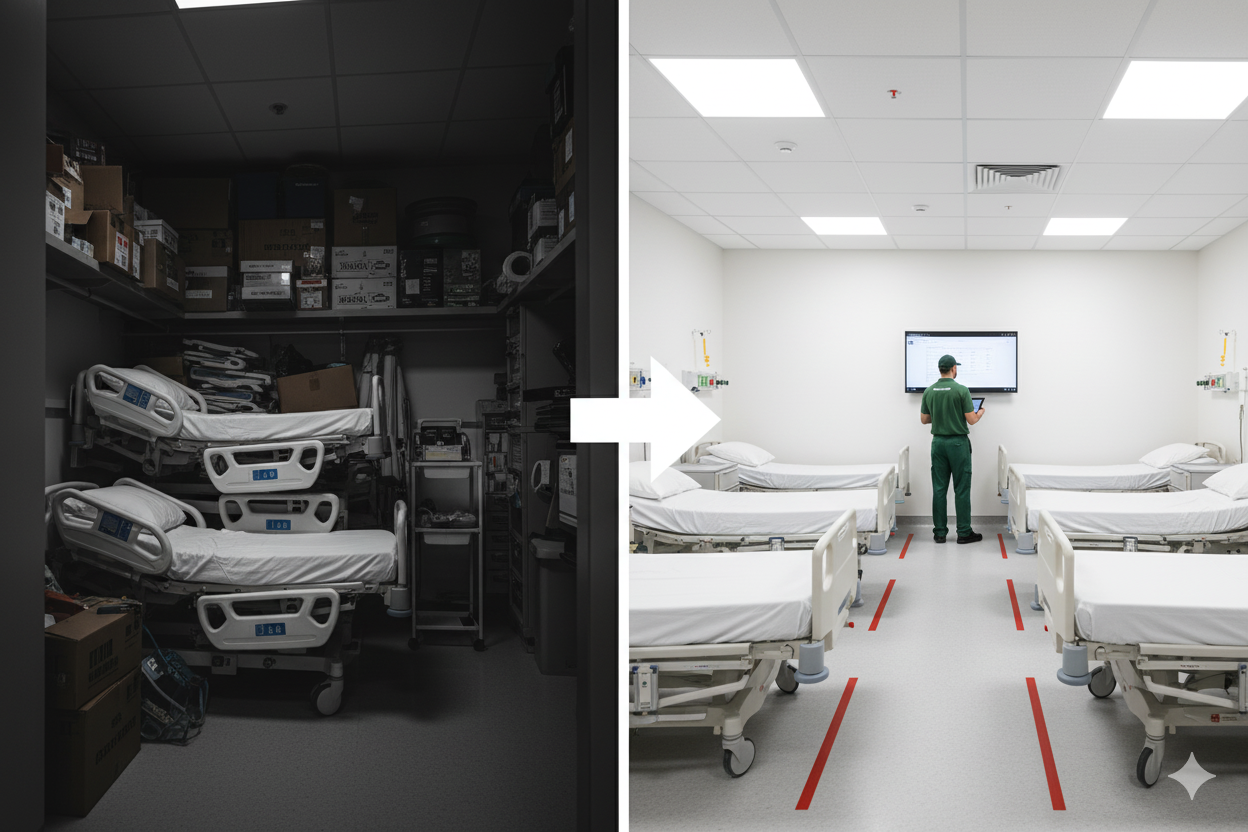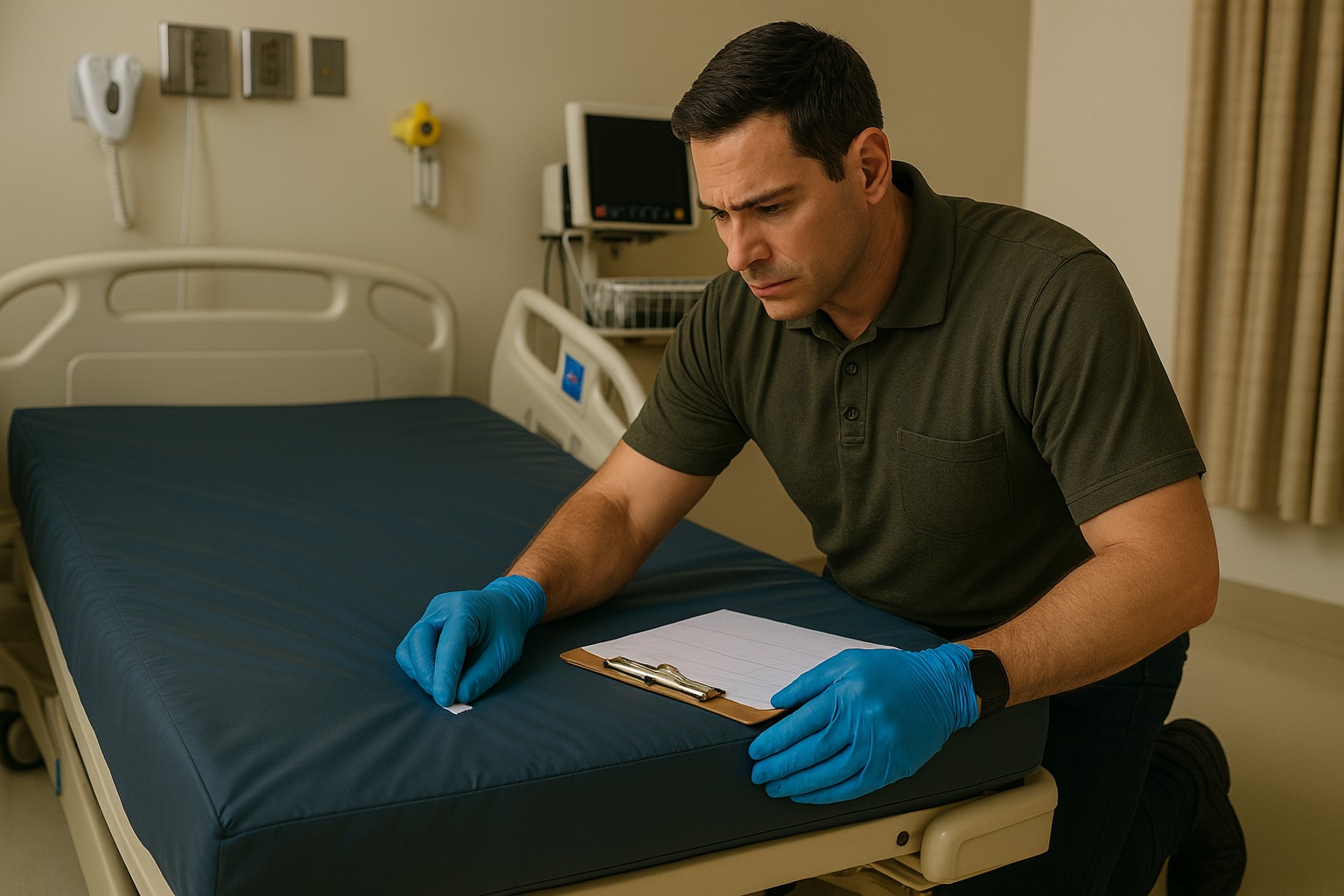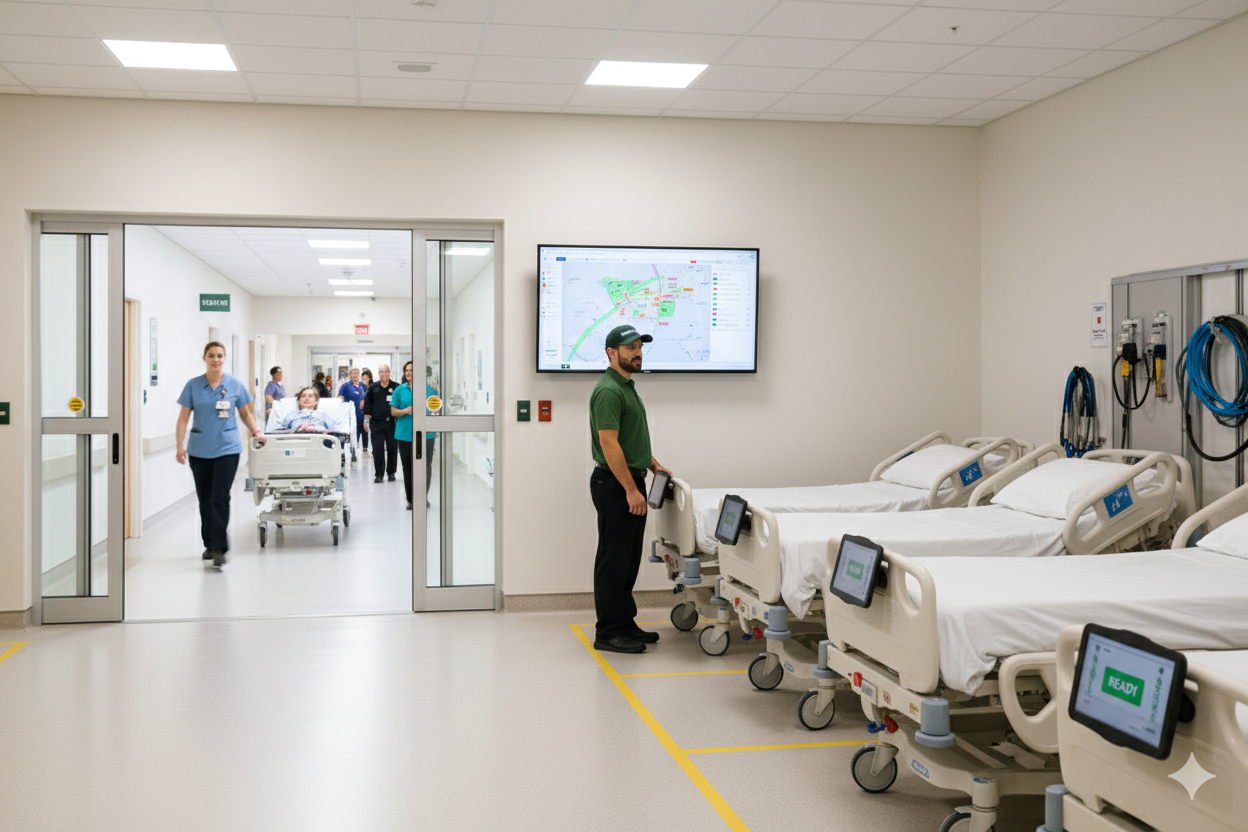
In modern hospitals, patient flow is everything. Every minute a patient spends waiting in the ER, pre-op, or recovery room impacts not only their experience, but also the hospital’s ability to deliver care efficiently. And yet, one of the most underestimated culprits of care delays isn’t found in policy, personnel, or even the EMR-it’s in the hardware: broken beds.
Hospital beds are the starting and ending point for nearly every inpatient experience. When a bed goes out of service, it disrupts the finely tuned choreography of patient throughput. A patient can’t be transferred from the ER if there’s no bed available. Post-op recovery must be stalled if the destination bed is unavailable. Discharges are delayed, admissions pile up, and OR schedules run behind.
Even one out-of-service bed can lead to:
- Delays in admissions from the ER
- Rescheduled surgeries and longer OR turnover
- Slower discharge and room turnover processes
The operational fallout of a single broken bed can translate into thousands of dollars in lost revenue daily. According to industry averages, one inpatient bed can generate $2,000–$3,000 per day. Downtime turns that asset into a financial liability.
That’s why companies like Emeritus are working with hospitals to reframe equipment maintenance as a strategic, revenue-critical function. Their preventative maintenance programs ensure beds are inspected, serviced, and ready to support high volumes of patient care.
Emeritus leverages routine servicing schedules, real-time bed availability tracking, and rapid repair capabilities to reduce equipment-related bottlenecks. Hospitals working with Emeritus report better bed readiness, faster admissions, and improved throughput metrics across departments.
In a healthcare environment where efficiency is tied to both care quality and profitability, ignoring the role of bed uptime is a mistake hospitals can no longer afford. By keeping beds ready, hospitals keep patients moving-and that makes all the difference.










